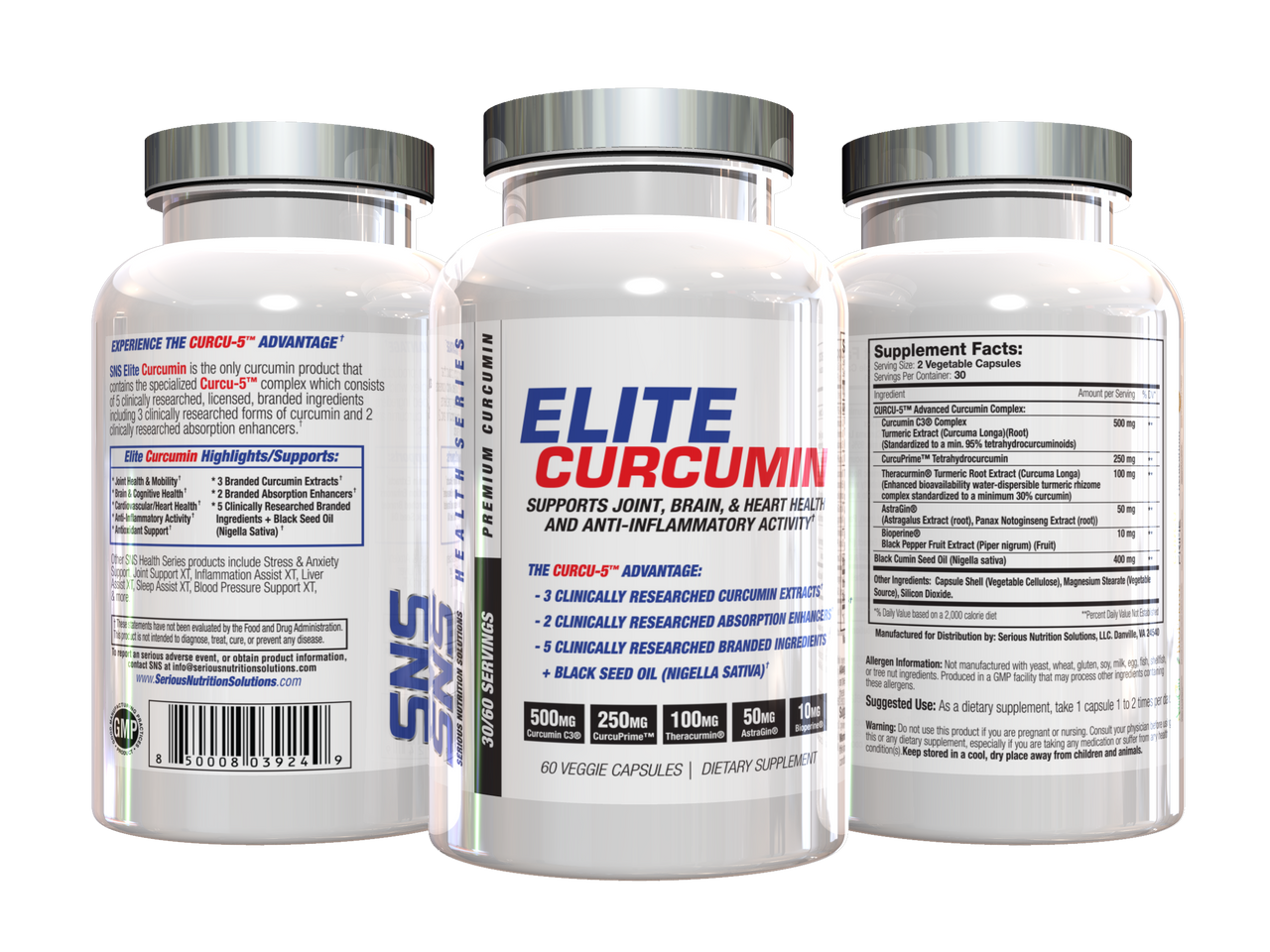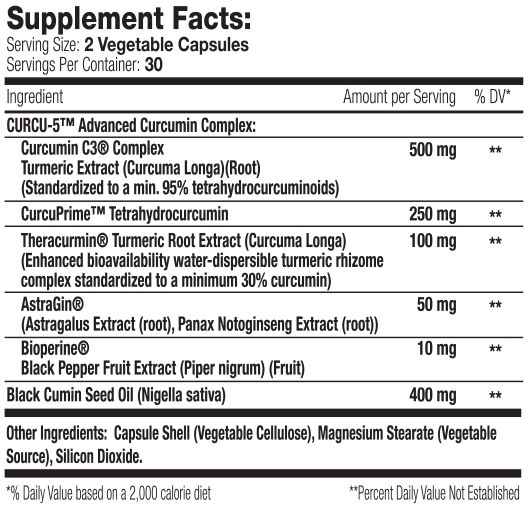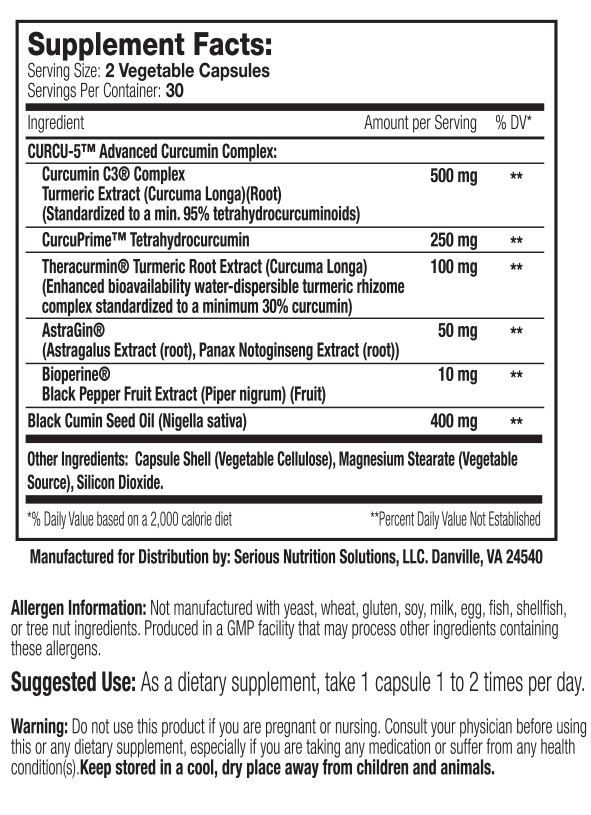What is curcumin?
The vast majority of turmeric (curcumin) comes from India. Turmeric is one of the key ingredients in many curries, giving them color and flavor. The root and rhizome (underground stem) are used medicinally.
Historical or traditional use of curcumin
In Ayurvedic medicine, turmeric (curcumin) was prescribed for treatment of many conditions, including poor vision, rheumatic pains, and coughs, and to increase milk production. Native peoples of the Pacific sprinkled the dust on their shoulders during ceremonial dances and used it for numerous medical problems ranging from constipation to skin diseases. Turmeric was used for numerous intestinal infections and ailments in Southeast Asia.
Active constituents of curcumin
The active constituent is known as curcumin. It has been shown to have a wide range of therapeutic actions. First, it protects against free radical damage because it is a strong antioxidant.1 2 Second, it reduces inflammation by lowering histamine levels and possibly by increasing production of natural cortisone by the adrenal glands.3 Third, it protects the liver from a number of toxic compounds.4 Fourth, it has been shown to reduce platelets from clumping together, which in turn improves circulation and may help protect against atherosclerosis.5
There are also test-tube and animal studies showing a cancer-preventing action of curcumin. In one of these studies, curcumin effectively inhibited metastasis (uncontrolled spread) of melanoma (skin cancer) cells.6 This may be due to its antioxidant activity in the body. Curcumin inhibits HIV in test tubes, though human trials are needed to determine if it has any usefulness for treating humans with this condition.7
A preliminary trial in people with rheumatoid arthritis found curcumin to be somewhat useful for reducing inflammation and symptoms such as pain and stiffness.8 A separate double-blind trial found that curcumin was superior to placebo or phenylbutazone (an NSAID) for alleviating post-surgical inflammation.9
While a double-blind trial has found turmeric helpful for people with indigestion,10 results in people with stomach or intestinal ulcers have not shown it to be superior to a placebo and have demonstrated it to be less effective than antacids.11 12
Preliminary research indicates a possible benefit of oral curcumin supplementation (375 mg of turmeric extract with 95% curcuminoids three times daily for 12 weeks) for chronic anterior uveitis (inflammation of the iris and middle coat of the eyeball).13
How much curcumin is usually taken?
Turmeric extracts standardized at 90 to 95% curcumin can be taken in the amount of 250 to 500 mg three times per day.14 Tincture, 0.5–1.5 ml three times per day, is sometimes recommended.
Are there any side effects or interactions?
Used in the recommended amounts, turmeric is generally safe. It has been used in large quantities as a condiment with no adverse reactions. Some herbal books recommend not taking high amounts of turmeric during pregnancy as it may cause uterine contractions and people with gallstones or obstruction of bile passages should consult their healthcare practitioner before using turmeric.15 16 At the time of writing, there were no well-known drug interactions with turmeric.
These statements have not been evaluated by the Food and Drug Administration. This product is not intended to diagnose, treat, cure, or prevent any disease.
Copyright Healthnotes, Inc. All rights reserved. www.healthnotes.com
This article was reproduced with permission from HealthNotes.com















